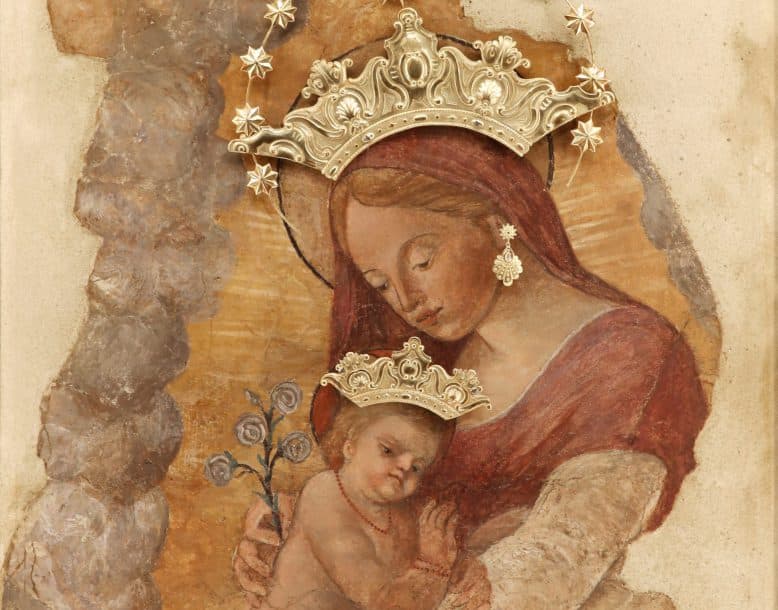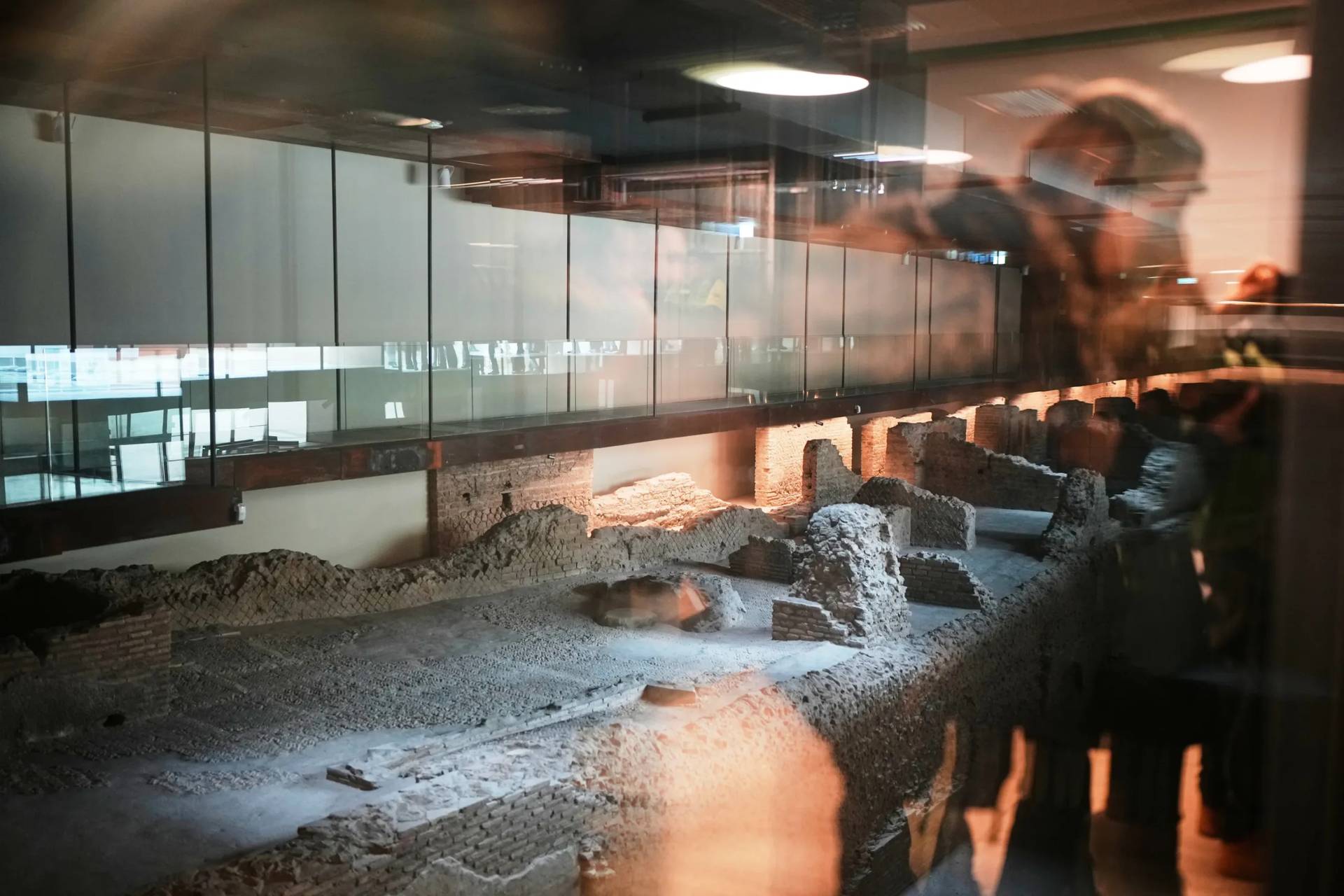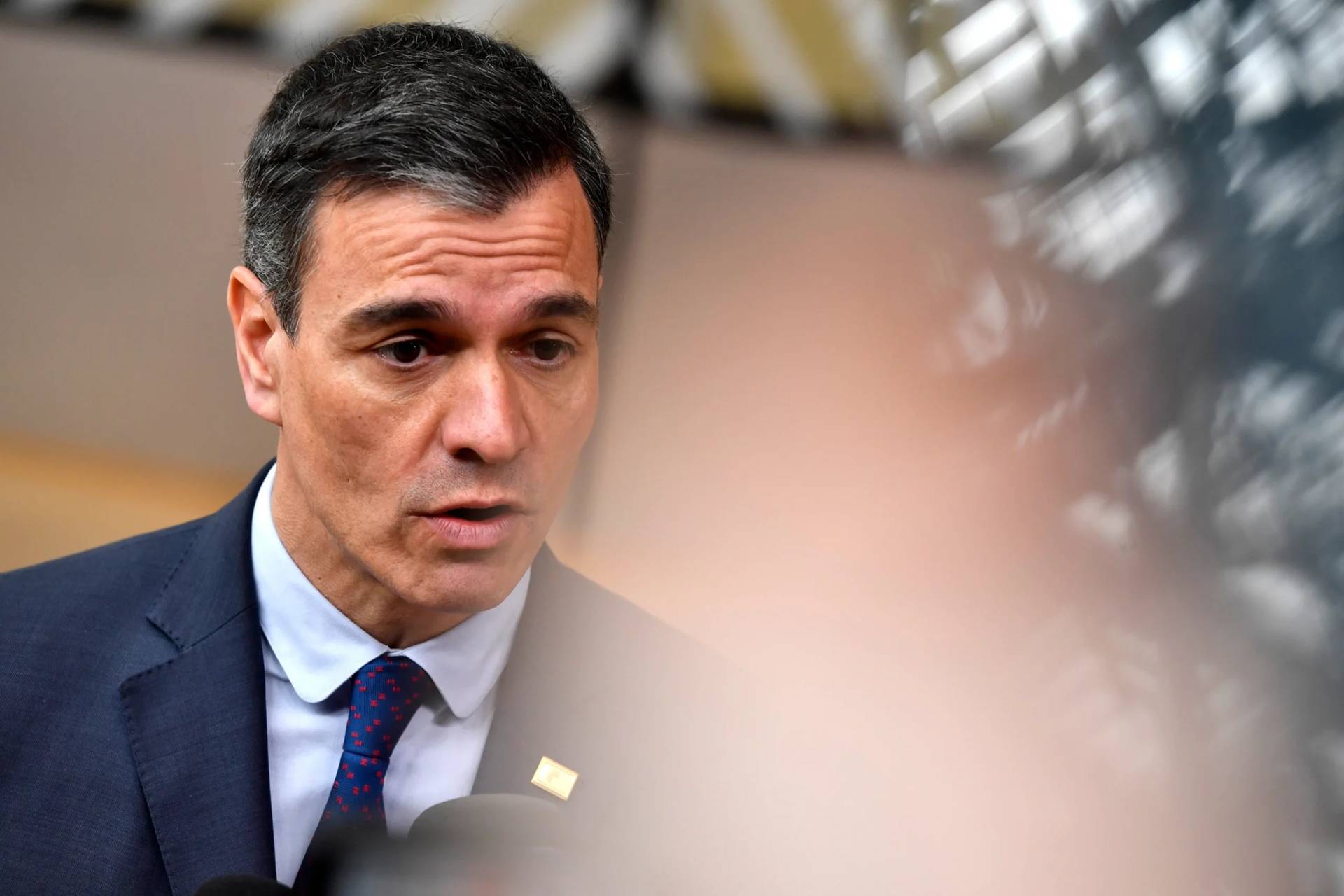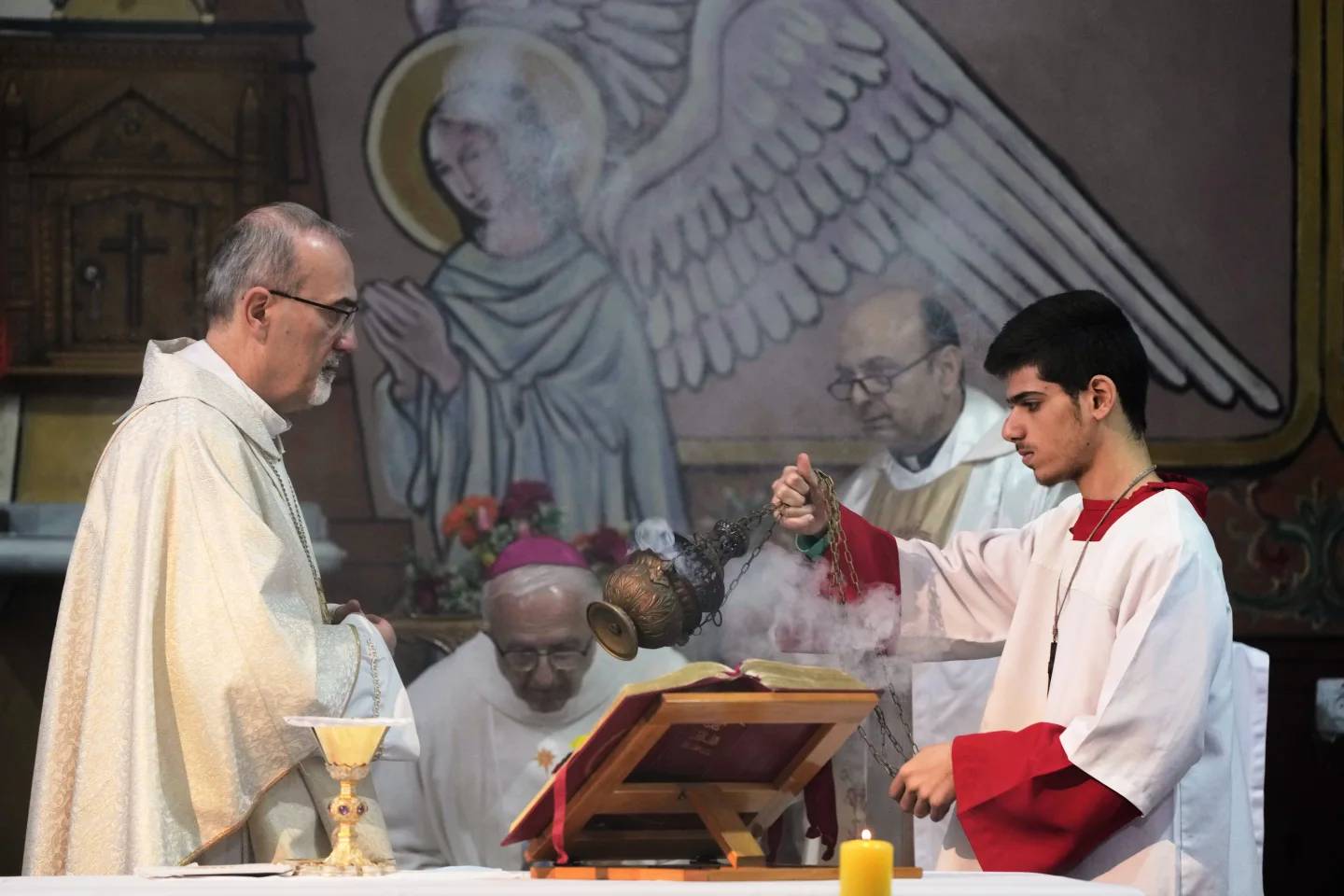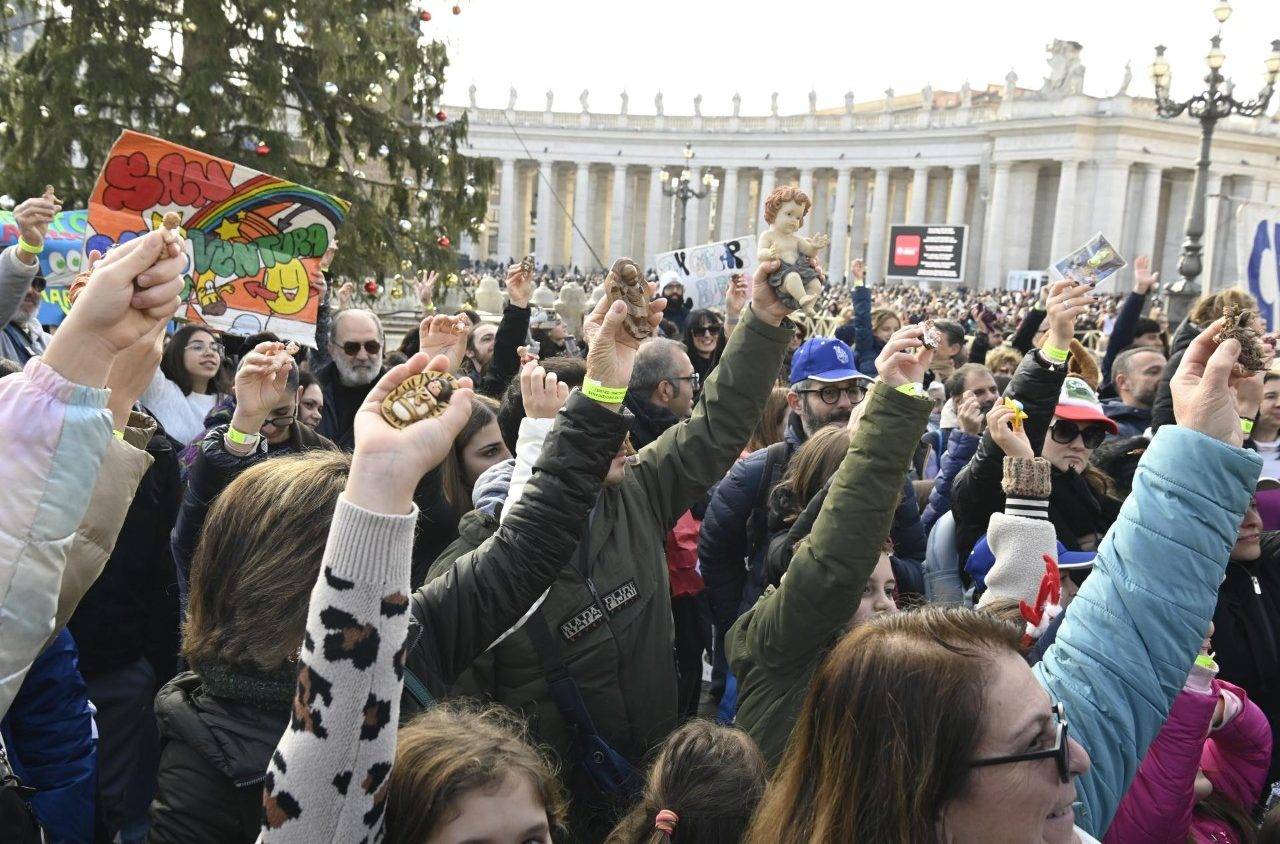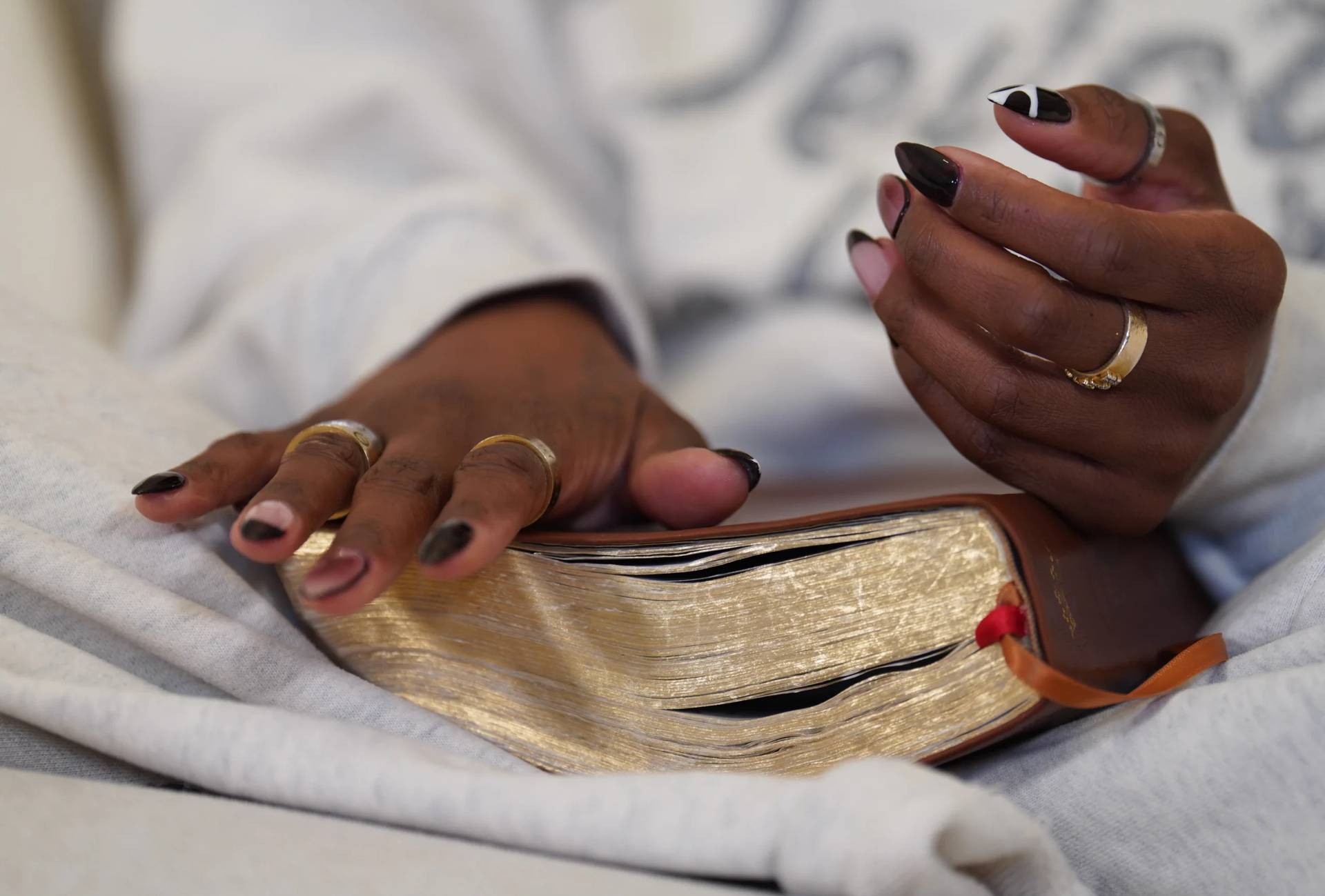VALLECORSA, Italy – According to the most recent data from ISTAT, Italy’s national statistics bureau, the share of Italians who go to Mass on a regular basis reached a depressing new low in 2022. Only 18.8 percent now say they attend Mass at least once a week, in contrast with 31 percent who report they never go at all except for special events such as weddings or baptisms.
Twenty years ago, the situation was reversed. At that point, 36.4 percent of Italians said they went to Mass regularly, and only around 16 percent said they never showed up.
While the downward trend has been constant, it was amplified during the Covid-19 pandemic. According to ISTAT, the church has not recovered the additional four percent of regular Mass-goers it lost in 2019-2022 when in-person liturgies were suspended.
Needless to say, these numbers have occasioned no small amount of reaction, ranging from barely disguised glee among anti-clerical and secular commentators to hand-wringing and laments from ecclesiastical sources.
The common assumption in both cases is that the numbers reveal a church in trouble.
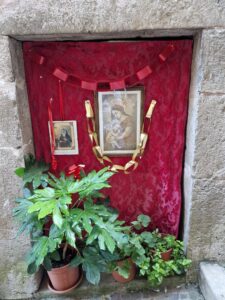
I’d like to suggest, however, a more glass-half-full reading, partly rooted in a series of experiences my wife and I have had this week while taking a mini-vacation in a rural area about an hour and a half south of Rome, basically on what was once the border between the Papal States and the Bourbon kingdom of the Two Sicilies.
Let’s begin with this: 18.8 percent of the Italian population is a vast pool of 11.28 million people, every week, show up for the central ritual act of the Catholic faith. That’s far and away the largest regular aggregation of humanity in the county – by way of contrast, if you add up the average weekly attendance at the country’s 20 major soccer stadiums, you come to 363,081, and this is a country in which soccer is more or less the civil religion.
(Granted, many more Italians watch the soccer matches on TV, and granted too, you have to pay to get into stadiums but not into parishes. Still, the discrepancy is impressive, and Italy’s Mass attendance rate remains robust by western European standards.)
But honestly, such numerical comparisons only carry you so far. To truly experience the ineradicable Catholic character of Italy, you have to get out of the cities and into the countryside, where real life reveals itself.
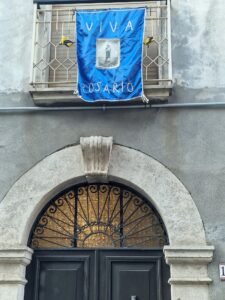
For the past few days, my wife Elise and I have been in Vallecorsa, a small town of about 2,400 people nestled in the Ausoni mountains south of Rome. It’s a typical Italian village, built on a hillside with commanding views of the largely agricultural valley below.
Walking around town, it’s impossible not to be struck be the in-your-face Catholic identity of the place, and not just as a dusty artifact of its distant past but very much a feature of its present.
Our visit happened to coincide with the annual mid-August celebration of the Madonna del Santo Rosario, “Our Lady of the Holy Rosary,” which is a devotion mostly associated with a sanctuary in Pompei, about an hour and a half away by car, but which also has a major following here.
You can’t help but notice that virtually every other business, public facility and private home here is festooned with a small banner celebrating the feast: Viva Rosario, one reads, “long live the rosary,” while several others feature some version of Ave, Regina del Rosario, or “hail, queen of the rosary.”
To be clear, these are not banners put up by some commercial enterprise or political faction as part of an organized, artificially ginned up PR campaign – they’re spontaneous, private displays of affection, and thus far more reflective of popular sentiment.
Curious about the connection between Pompei and Vallecorsa, I asked Mario Lauretti, a local who owns a small grocery shop just down the street from our hotel, and whose son owns a bar across the square which hosted a lovely open-air dinner with live music Monday night at which we were honored guests, since we were the only non-Italians on hand. (For that matter, I think we were the only people from outside the immediate neighborhood.)
Mario explained that some time back, Pompei and Vallecorsa entered into a twinning arrangement, in which busloads of people from Vallecorsa go to the Marian shrine in Pompei, and, in turn, people from Pompei come to Vallecorsa to visit the Church of St. Martin, which boasts the town’s own celebrated Madonna: The Madonna della Sanità, “Our Lady of Health,” also known in Latin as Salus infirmorum, or “health of the sick.”
According to local legend, the fresco of the Madonna appeared miraculously at St. Martin’s church in 1412 when some plaster fell off one of the walls, and ever since has protected the people from plague, disease and illness. The image was formally recognized by the Vatican as an object of devotion in 1891, and the Madonna della Sanità was formally crowned in 1922, meaning that last year was the 100th anniversary of her coronation.
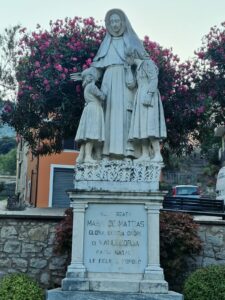
Locals here also take great pride in the fact that St. Maria de Mattias was born and lived her entire life in Vallecorsa, where she founded a community of nuns called the Adorers of the Blood of Christ in 1834. Mattias’s great dream was that young girls should receive the same educational opportunities as boys.
To this day, plaques, etchings and niches devoted to St. Maria de Mattias dot the town, and there’s a large stone carving of her canonization by Pope John Paul II in 2003. Quotes from the saint pop up in the most random spots – a local butcher shop, for instance, displays a stone plaque behind the counter with one of her sayings: “We serve a God who’s so good that he loves us tenderly.”
Vallecorsa, for the record, is hardly an isolated case.

About 15 miles away is the even smaller settlement of Pastena, where Elise and I visited some friends over the weekend in the country villa outside town. From their balcony window, one can gaze out at statues of St. Elena and St. Sinforo, the local patron saints, which loom over the town from the peak of Mt. Solo.
Notably, these are not statues which date from the Middle Ages and have been largely forgotten. They were erected during the Great Jubilee year of 2000, again suggesting an attachment to the faith that endures into the present.
Granted, even in these small towns, plenty of folks don’t bother going to Mass, and many locals have the same chips on their shoulders about clerical arrogance and the Vatican’s alleged wealth and privilege as people everywhere. Indeed, that anti-clerical streak may be even a bit stronger here, given that not so long ago these small towns actually were under the thumb of a theocracy.
Still, few people here would face a serious life crisis without placing it before the Madonna, and most take at least some degree of comfort from reminders of their historical patron saints and their promise of protection.
Bottom line: You may be able to take Italians out of church – indeed, data suggests they’re doing it all on their own – but you’ll never be able to take the church out of Italians.
